Real Estate Industry Outlook 2021
For the real estate market, 2021 will be about reinvention.
For the real estate market, 2021 will be about reinvention.
Real estate leaders will be challenged to find responses to COVID-19 and civil unrest threatening their property values. This uncharted territory will first and foremost involve preserving value across each portfolio, keeping tenants and visitors safe and emphasizing risk management and business continuity planning in 2021.
The pandemic accelerated changes already in play across the real estate industry, specifically for retail and office spaces. As a result of COVID-19, tenant leases were cancelled, and smaller office spaces emerged. Entertainment venues and warehouse distribution centers replaced empty anchor mall stores and vacant big box retail outlets. High-rise condominiums replaced former commercial offices.
 Collectively, the industry has always exhibited the resilience and creativity needed to repurpose assets and fast track construction when necessary. In 2021, they’ll do it again.
Collectively, the industry has always exhibited the resilience and creativity needed to repurpose assets and fast track construction when necessary. In 2021, they’ll do it again.
Here’s more of what to expect from the real estate industry in the coming year:
- The “COVID-19 Trifecta.” Beginning in the spring of 2020 and set to continue well into 2021, the “COVID-19 Trifecta,” or the convergence of vacant properties, loss of rent and looting, will significantly affect future insurance costs. Rate increases are expected to rise from 10 percent to 25 percent and even reach 30 percent in high-risk areas where hurricanes, wildfires or hail and windstorms are prevalent.
The trifecta most affected triple net leases, in which tenants assume the responsibility for placing the property policy in exchange for netting down rent. When a triple net lease closes its doors and the property is suddenly vacant, the risk of vandalism, water damage and break-ins increase. At the same time, the building owner is left uninsured as a result of the vacancy clause in their property insurance policy.
Other emerging risks specific to the pandemic have changed the risk management conversations brokers are having with real estate owners and operators as well. Restaurants, for example, are spilling out into the streets to serve patrons outside. For many, brick and mortar establishments are only being used as a bathroom and kitchen. Should there be an accident on the street where the restaurant is functioning, who will be liable? Without an official contract between the venue and the local government, the responsibility for this potential liability remains unclear.
Some reprieve was given to property managers across sectors when owners overlooked a few month’s rent in exchange for extending leases for the same duration. This tactic proved helpful but couldn’t stop the flow of claims from tenants who say they contracted COVID-19 from door handles and other surfaces. While these claims haven’t held up in court, each must be defended, and therefore, further drives rate increases.
As we move into 2021 and many of the effects of the pandemic on real estate and business operations remain unknown, your insurance broker will be key to managing risk. Make sure you understand your P&C policies, what they cover, what they don’t and the best ways to mitigate the individual and unique risks of your properties.
- Accelerating brick and mortar repurposing. The high ceilings and large open space of big box retail and mall anchor tenant shells are being repurposed as warehouses, entertainment parks or Amazon fulfillment centers. While some businesses are planning to make work-from-home more permanent and others are simply reducing their square footage, the office market is similarly being retrofitted for residential use. Whether it’s a downtown high-rise or an old two-story art deco office building renovated into condos, shrinking office space in highly populated areas will give way to a rise in residential properties. Real estate owners need to consult with their insurance broker to determine what additional risks and policy considerations come with such a pivot.
- Social inflation continues to erode the real estate market. Settlements exceeding $10 million for a Property or Worker’s Compensation-related accident are known as nuclear verdicts. Unfortunately, they’re no longer uncommon. This phenomenon, which has led to rising insurance costs, has been dubbed “social inflation,” and it’s occurring across industries. These judgements are often much higher than what was previously awarded for the same infraction or injury. As a result, umbrella insurance companies are now considering themselves as primary carriers. If there’s going to be a lawsuit, they expect to be involved sooner and more often. Even when bogus cases are thrown out, they still have to be defended, and often insurance companies will understandably settle for large sums just to safeguard the business’ reputation.
Work with your insurance broker to determine what risk management best practices can be implemented across your portfolio to minimize claims. Document accidents in real time, including taking pictures of the injured person, the location and any property damage, and make sure your business addresses the suffering of the injured person immediately after the accident. Make sure you show care and help the injured obtain the proper medical attention. When done, the chances of an incident becoming a large claim worthy of a nuclear verdict are significantly reduced.
- Multifamily risk increases, coverage costs follow. An uptick in claims and nuclear verdicts in the habitational market due to fires, wind/hail and coastal hurricanes and roof replacements have reduced the number of insurance carriers willing to write policies for multifamily buildings. For this reason, moving into 2021, habitational facilities can expect to see between 50 and 100 percent increases in their General and Excess Liability premium costs, with lower limits as well.
Habitational properties looking to weather this storm will need to show underwriters what type of controls they have implemented to prevent common, high-cost claims. Work with your broker to evaluate and improve your risk management, ensuring underwriters will want to take on your risk in 2021.
2021 growth and beyond
As rates and underwriting requirements have increased across the real estate sector, more and more underwriters want to see a concrete plan in place for real estate portfolios moving into 2021. This includes a risk management and business continuity plan.
Creativity and resilience will be key themes in telling your story moving forward. How has your real estate portfolio pivoted to maintain viability and reduce exposure? Work with your broker to craft your narrative and position it in light of these four themes well ahead of your 2021 insurance renewal.

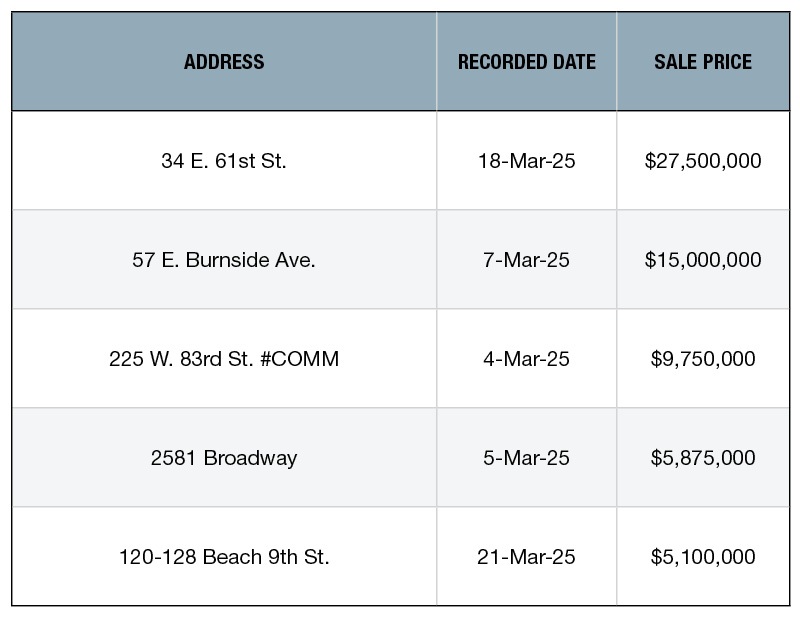

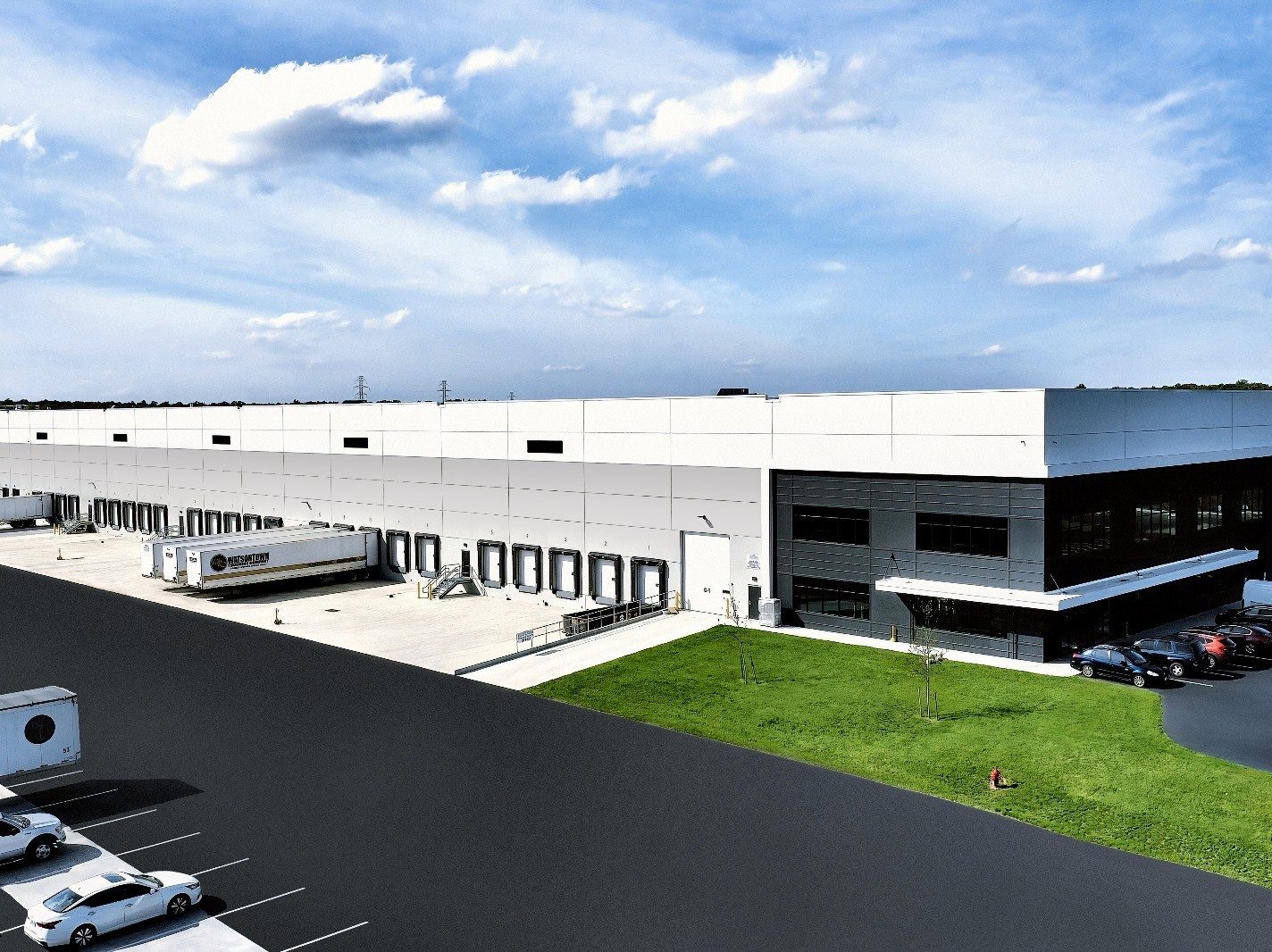
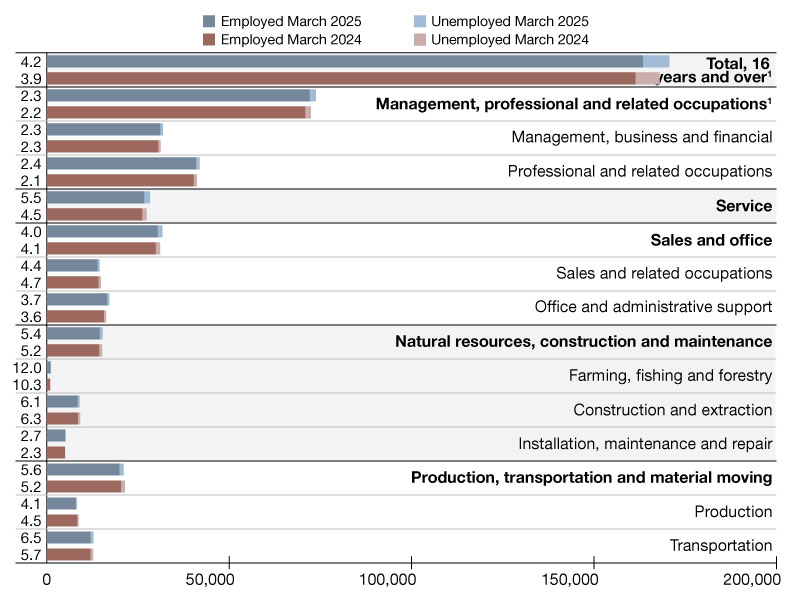
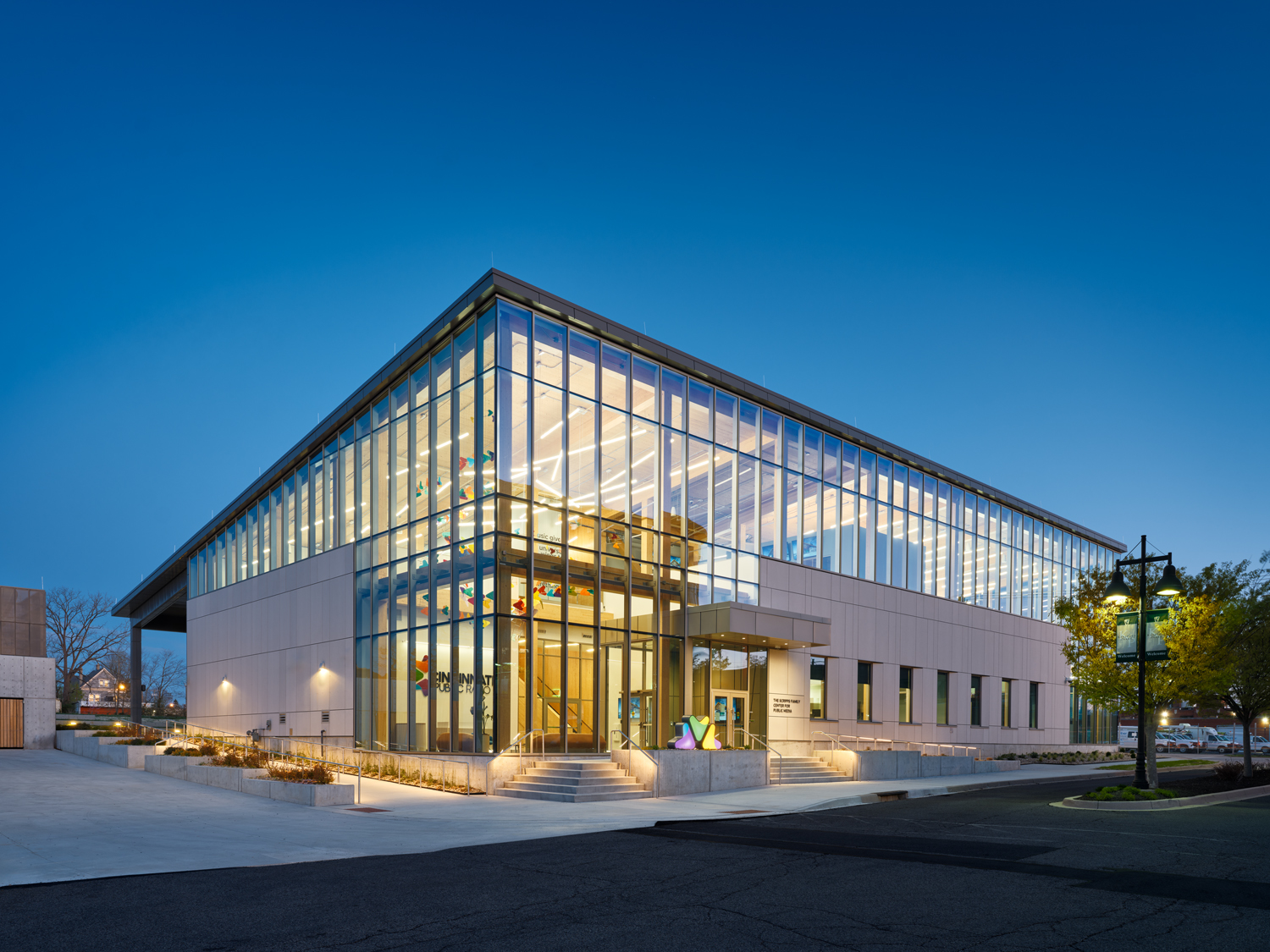
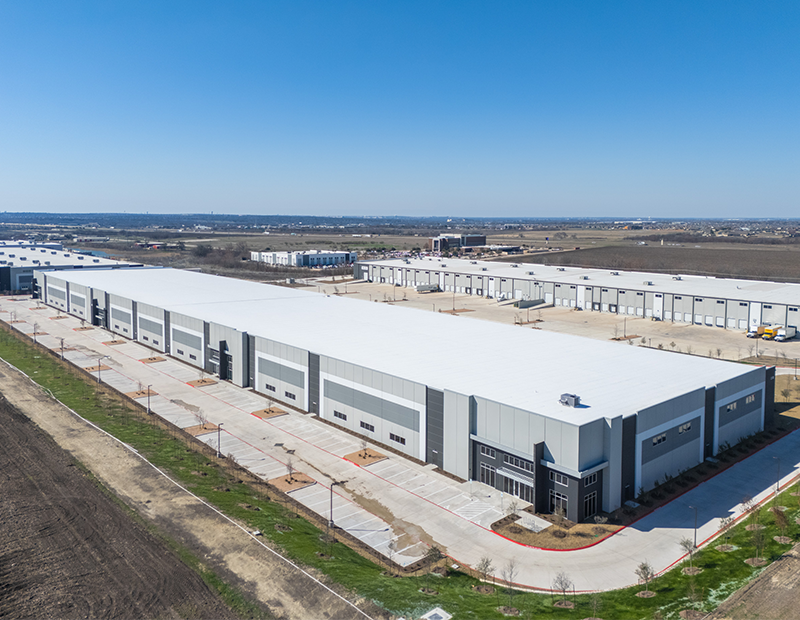
You must be logged in to post a comment.